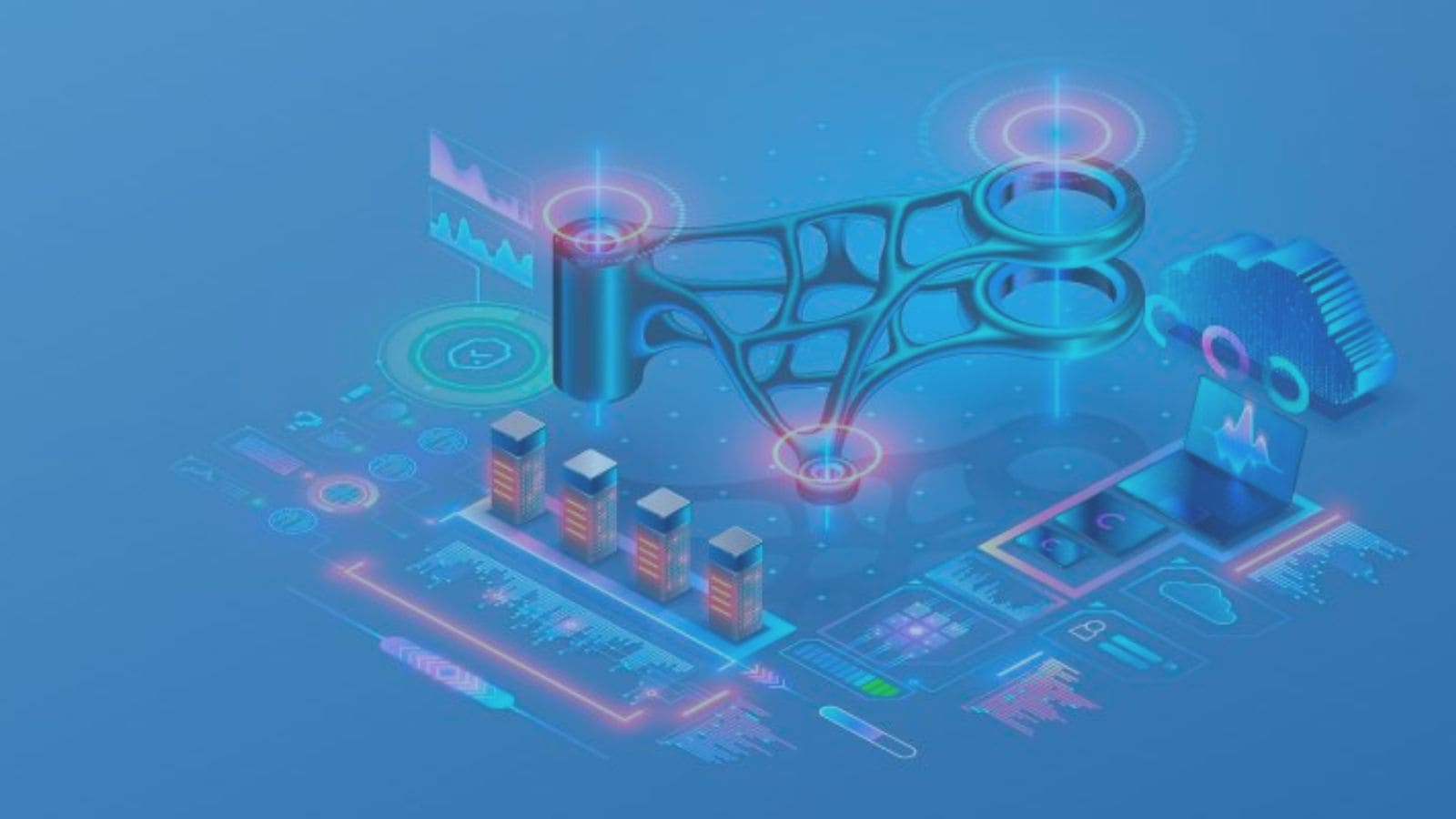Article by Design News. Read the full article here.
Here’s the lowdown on how to create and deploy an integrated 3D printing system that manages the process of taking design to production.
With design for manufacturing becoming an increasingly critical part of the product development process, manufacturers are looking to incorporate design for manufacturing (DfM) and design for manufacturing and assembly (DfAM) earlier in their lifecycle. The goal is to reduce the risk in the product launch, save time, and ensure a seamless transition from prototype to manufacturing at scale.
Having developed high volumes of 3D printing at scale, 3DEO has added design and engineering services to its business model. 3DEO now offers end-to-end design and manufacturing services by using its proprietary platform. The company has taken the system it uses to design and produce products, and they’re now offering the system to outside users.
In this interview, 3DEO president and co-founder Matt Sand reveals the details of this system. He explains what makes it tick and what ingredients help users improve their design and production efforts.
Design News: Explain what’s involved in creating an end-to-end design to manufacturing program for 3D printing.
Matt Sand: We work with customers from initial concept to scaled production, and everything in-between. With the addition of this service, we now can help from the initial outset of a project, when the nugget of an idea for a new or different project first emerges. We can help with ideation, even offering hands-on design to help solve the hardest problems.
We have a really smart applications engineering team that is well-versed in conventional manufacturing and cutting-edge 3D printing. Because of this, if there’s a better way to design or make something conventionally, we will recommend that. If it’s possible to leverage 3D printing to redesign a product in a way that improves performance or significantly reduces the total cost of production then we can also recommend that. In designing for 3D printing, we have developed a proprietary suite of software tools for design and production to approach these problems. But really, the big differentiator is our team.
DN: Explain what’s involved in developing advanced production manufacturing technologies.
Matt Sand: 3DEO’s Manufacturing Cloud is the end-to-end platform we have been developing for the last six years to provide a fully vertically integrated solution to customers. It includes all of the software, hardware, materials, and processes necessary to scale to high-volume production. As far as I know, 3DEO is one of the highest volume metal 3D printing companies in the world thanks to the advancements we have made with the Manufacturing Cloud.
Adding design services to our offering allows us to go even deeper into a customer’s world to help them design intentionally for additive manufacturing – and our process, specifically. We help them solve their toughest engineering problems and reimagine the potential of what’s possible when they eliminate design limitations, high cost, and lengthy turnaround times of conventional manufacturing.
DN: Are these services that your clients use themselves (by accessing your platform) or are these services that 3DEO completes on behalf of clients?
Matt Sand: Both, actually. We can do everything for a client, from coming up with the initial concepts, designing them in CAD, and printing prototypes to full-scale production. If we are working with a larger customer that has an internal design team, they may just want to ideate for a series of meetings and retain the designs themselves. If we are working with a smaller customer that has limited design and engineering resources, they may ask us to take on the full design. We are very flexible in how we work with our customers.
DN: What prompted this development? Client requests?
Matt Sand: Up to this point, we have been working with end-use production customers for many years, competing directly with CNC machining and metal injection molding. Over the years, it has become obvious that the only way to unlock the full potential of additive manufacturing and realize the next generation of products, is to design specifically for additive manufacturing.
It is one thing to print a part that has been designed for MIM. It is different and game-changing to approach applications from the beginning with the mindset that we are going to fundamentally rethink how we solve this problem with the full power of 3D printing. Our customers have been asking for us to help for years, and we are finally at the stage of our company where we have the design and applications engineering resources and expertise to be able to dive in head first with our customers. We can design for them or train them on how to think about design to enable their team.
DN: Explain the development of this platform. Is it a platform that you have been using internally and are now offering to clients? Or is it newly developed?
Matt Sand: We have been developing our applications team and expertise over the last few years, and we have been leveraging the team to solve many of our hardest internal manufacturing challenges. But, we are finally at the stage of our company where we have the design and applications engineering resources and expertise to be able to dive in head first with our customers. We can design for them or train them on how to think about design to enable their team.


